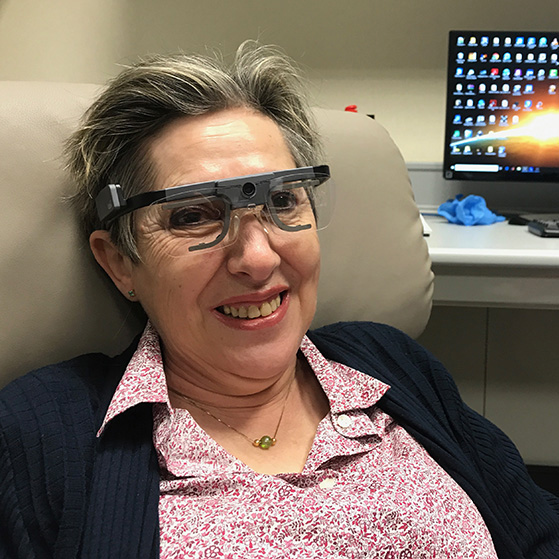Researcher Richard A. Normann of the John A. Moran Eye Center at the University of Utah and a U Distinguished Professor of biomedical engineering worked with collaborators to successfully create a form of artificial vision for a blind woman using a prosthesis hardwired into her brain.
Publishing “Visual percepts evoked with an Intracortical 96-channel Microelectrode Array inserted in human occipital cortex” in The Journal of Clinical Investigation, Normann and Spanish collaborator Eduardo Fernández, MD, PhD, detail how the Moran|Cortivis Prosthesis produced a simple form of vision for 60-year old Berna Gómez.

The team conducted a series of experiments with Gómez for six months in Elche, Spain, that represent a leap forward for scientists hoping to create a visual prosthesis that could increase independence for the blind.
A neurosurgeon implanted a microelectrode array invented by Normann, the Utah Electrode Array (UEA), into the visual cortex of Gómez to record and stimulate the electrical activities of neurons.